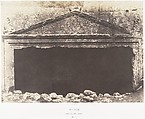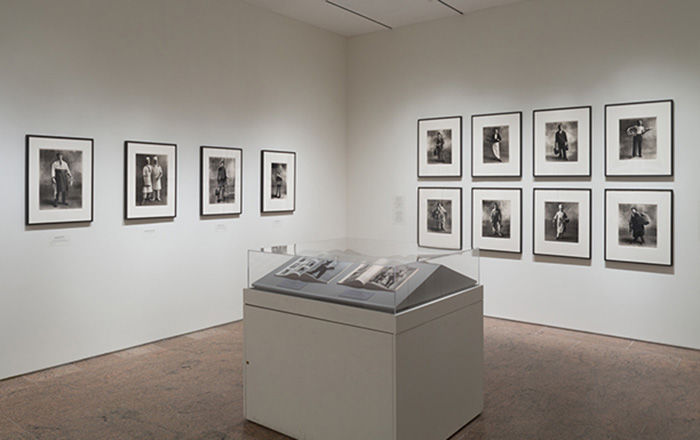Jérusalem, Tombeau des Juges, Détails
Auguste Salzmann French
Printer Imprimerie photographique de Blanquart-Évrard, à Lille French
Not on view
Auguste Salzmann’s camera cannot penetrate this evocative void. The view of an ancient tomb in Jerusalem is audaciously blank, due in part to technological limitations; no reliable flash technology existed in the 1850s, and his paper negatives were not sensitive enough to be exposed in the low light of the tomb. The results are atypical for Salzmann, whose journey to Palestine was driven by a desire for clarity; he was inspired by disputes in the French archaeological community about the age of Jerusalem’s holy sites and the extent to which they coincided with biblical chronology. Because such arguments were often illustrated by unverifiable drawings, Salzmann hoped that photographic evidence might settle debate back home. This print, from his resulting album, is an enigmatic exception to the documentary project. Refusing comprehension, it illustrates the uncertainties of a still-emerging technology, as if to suggest the limits of what can be seen.
This image cannot be enlarged, viewed at full screen, or downloaded.

